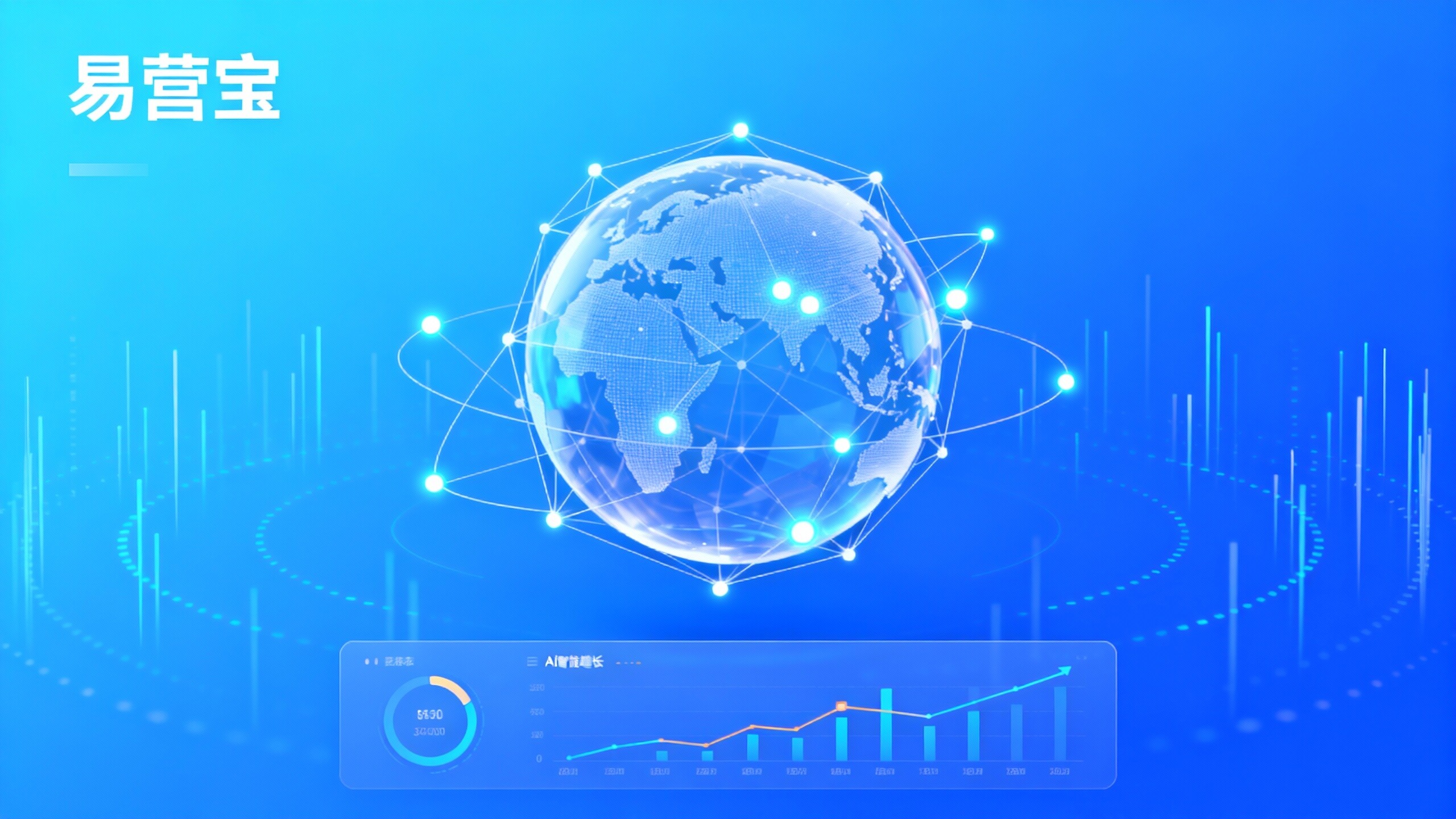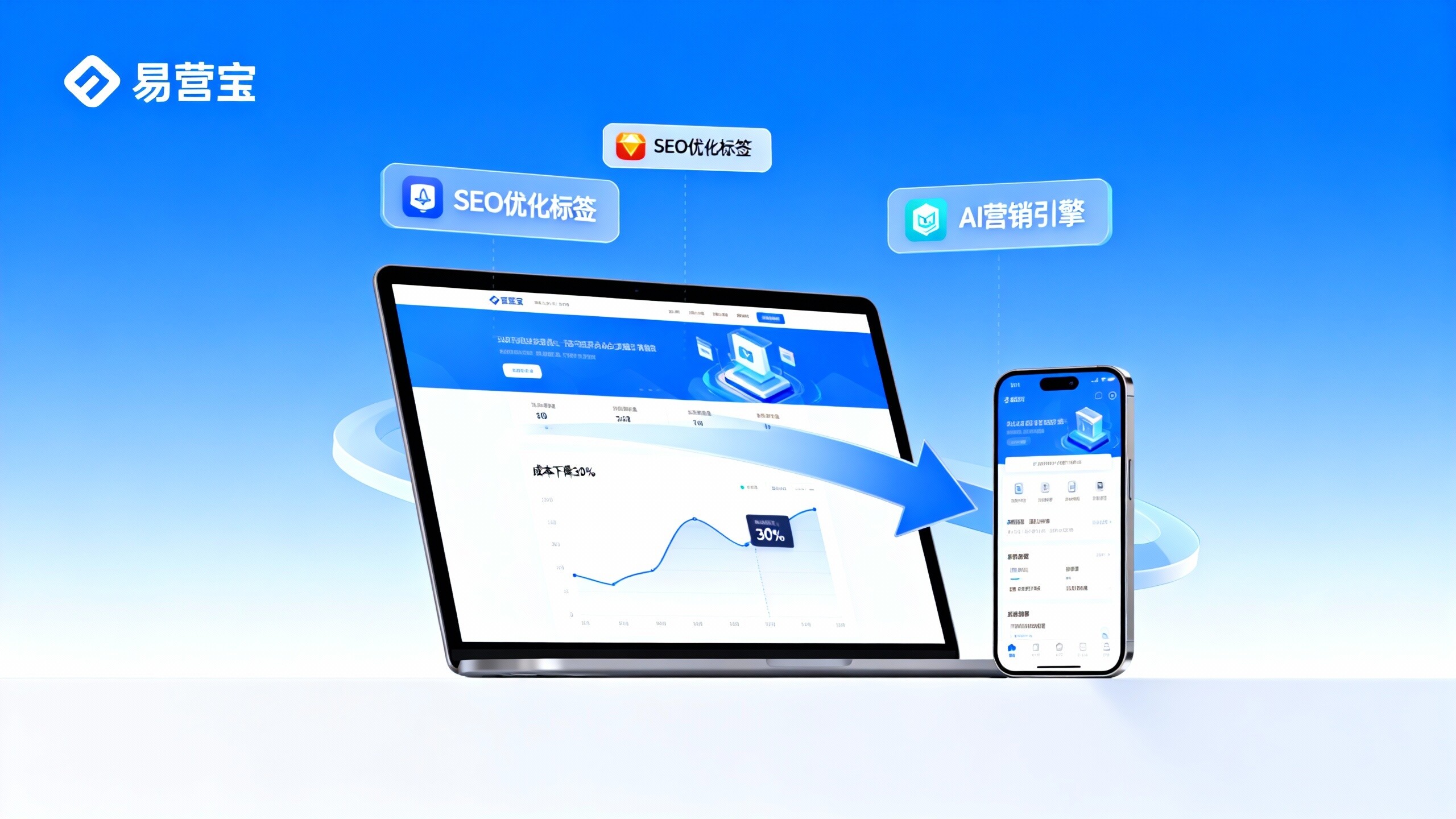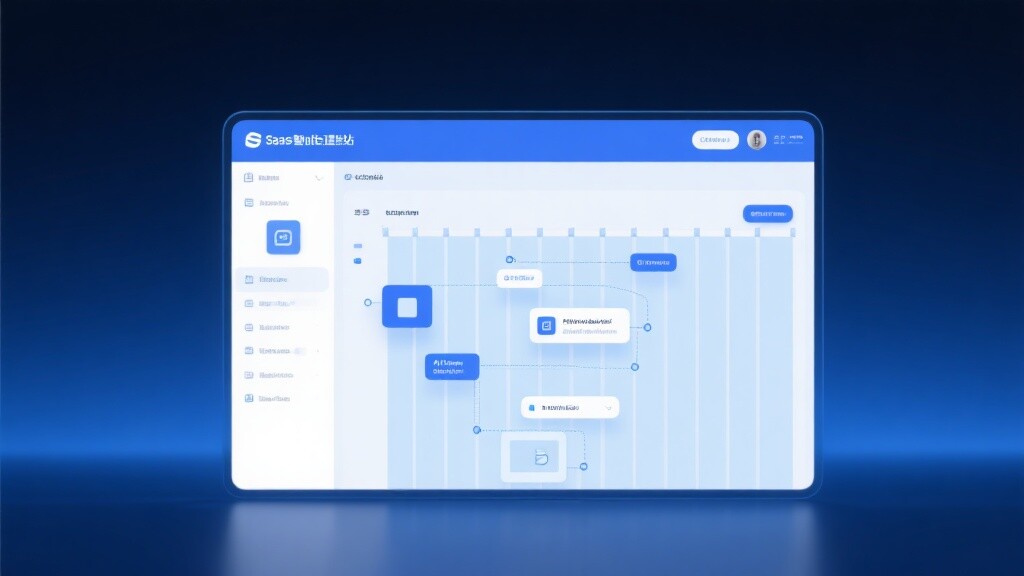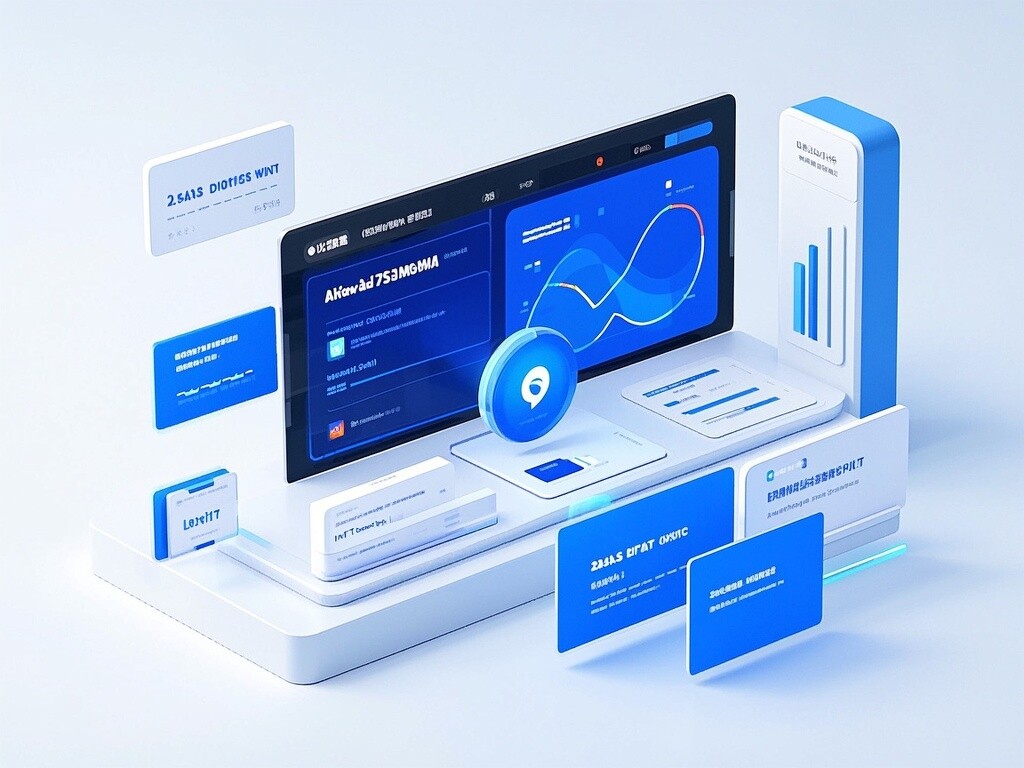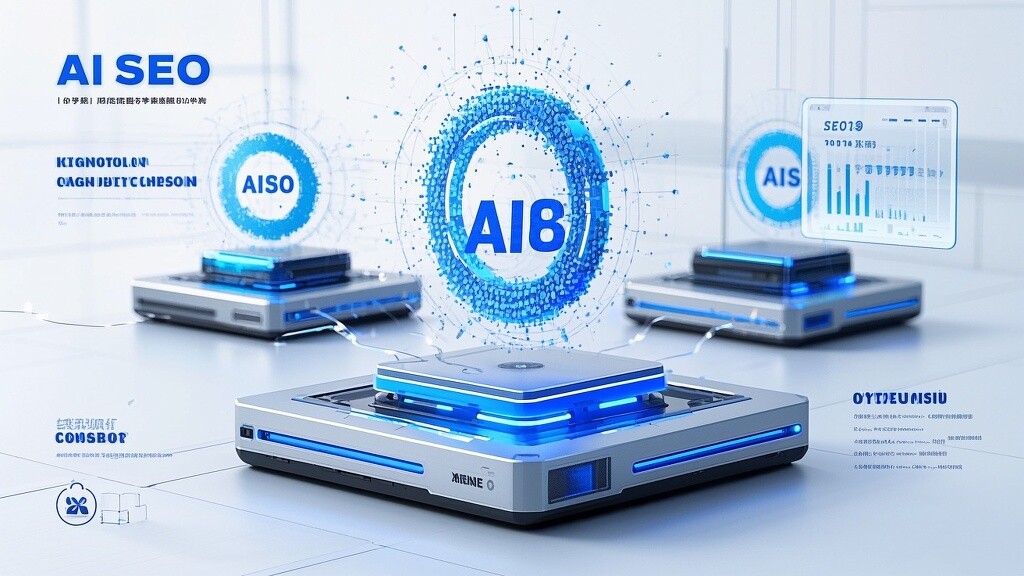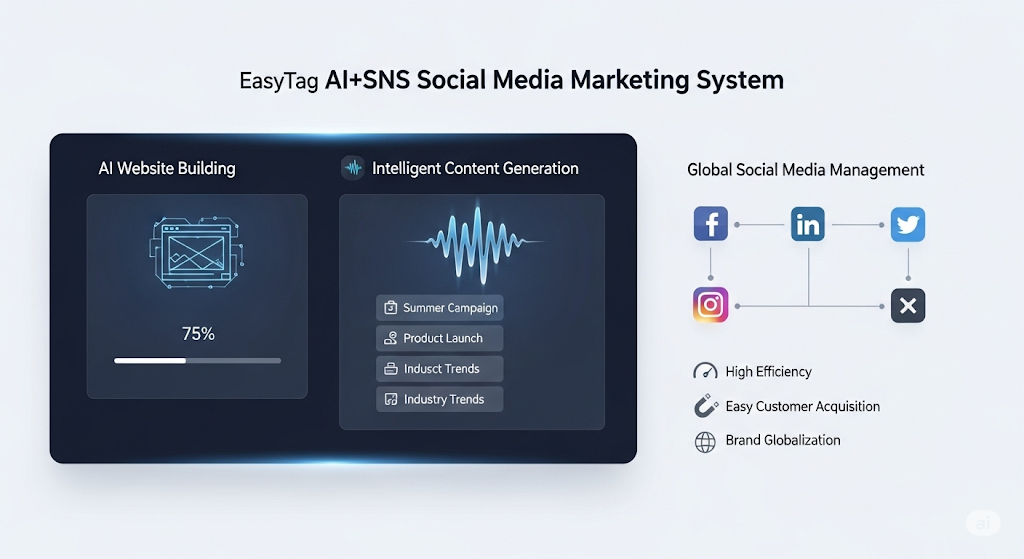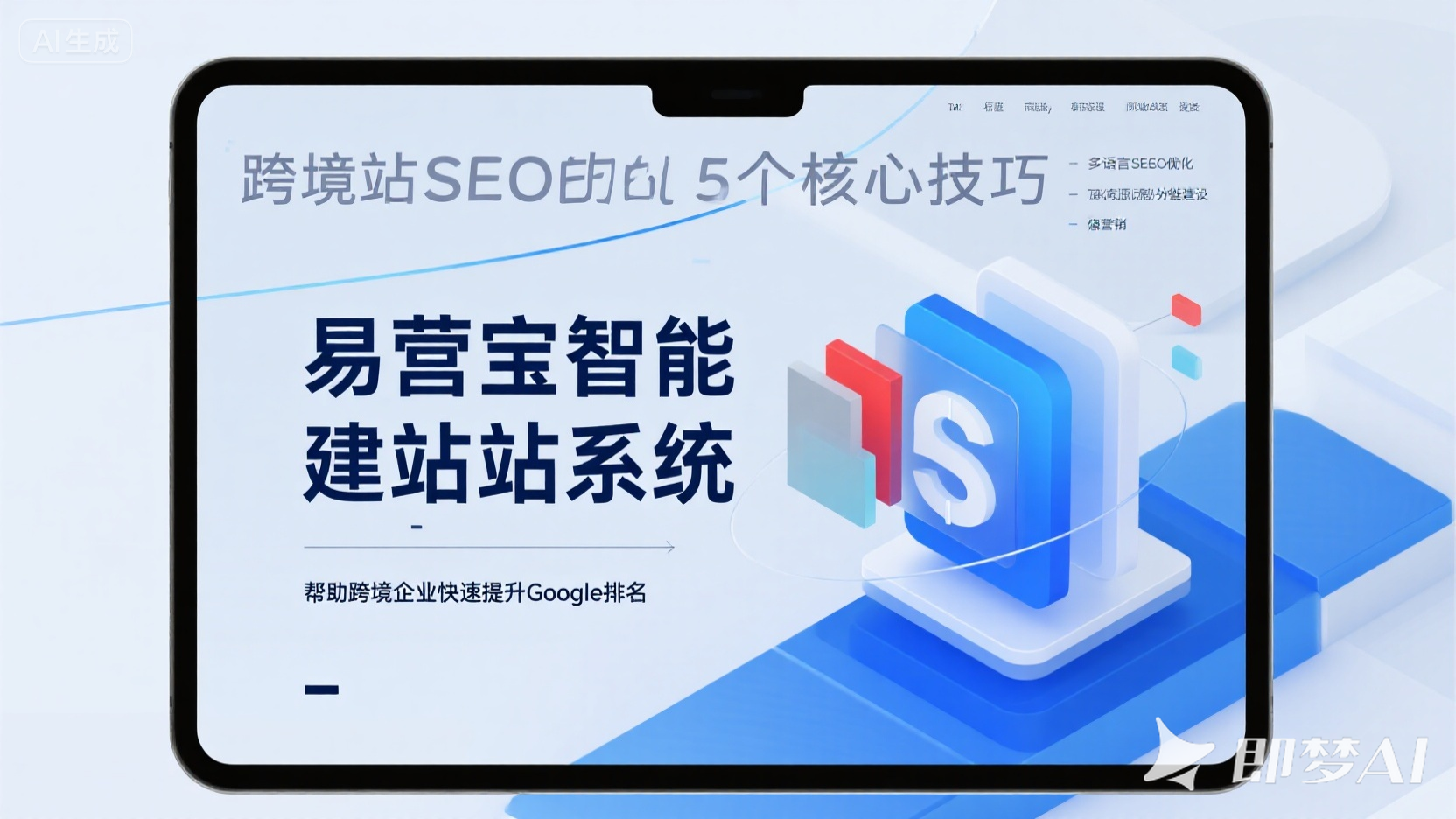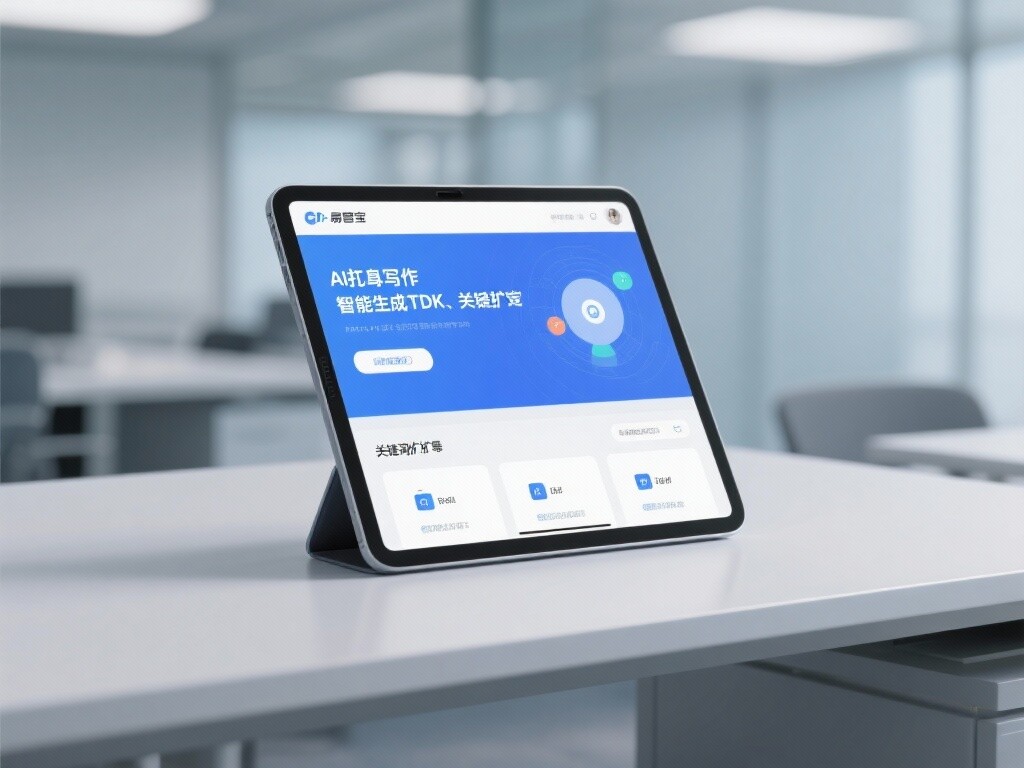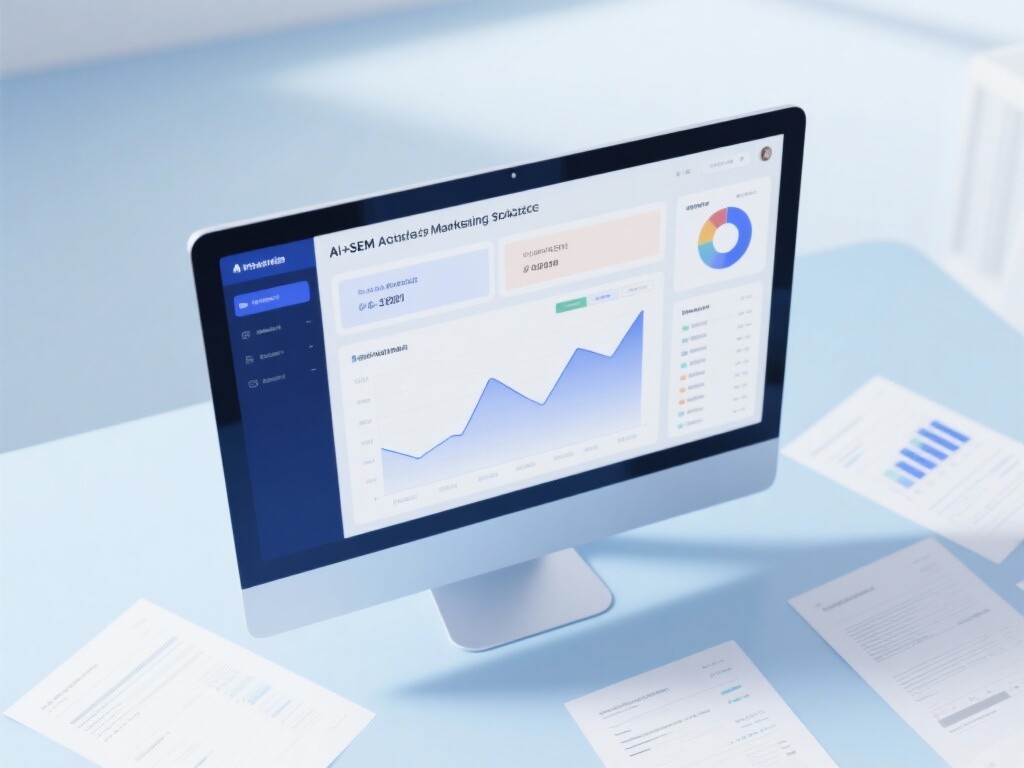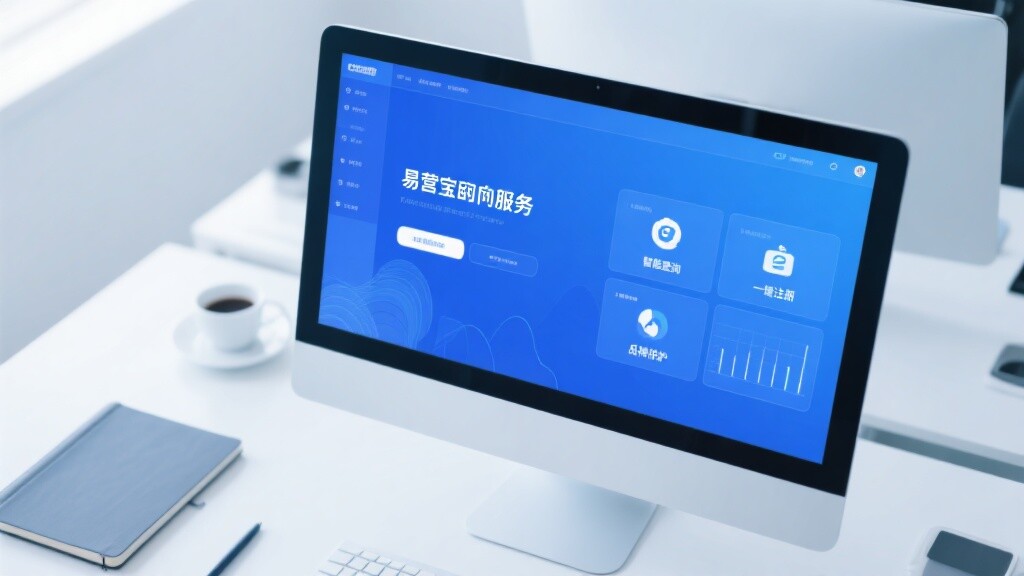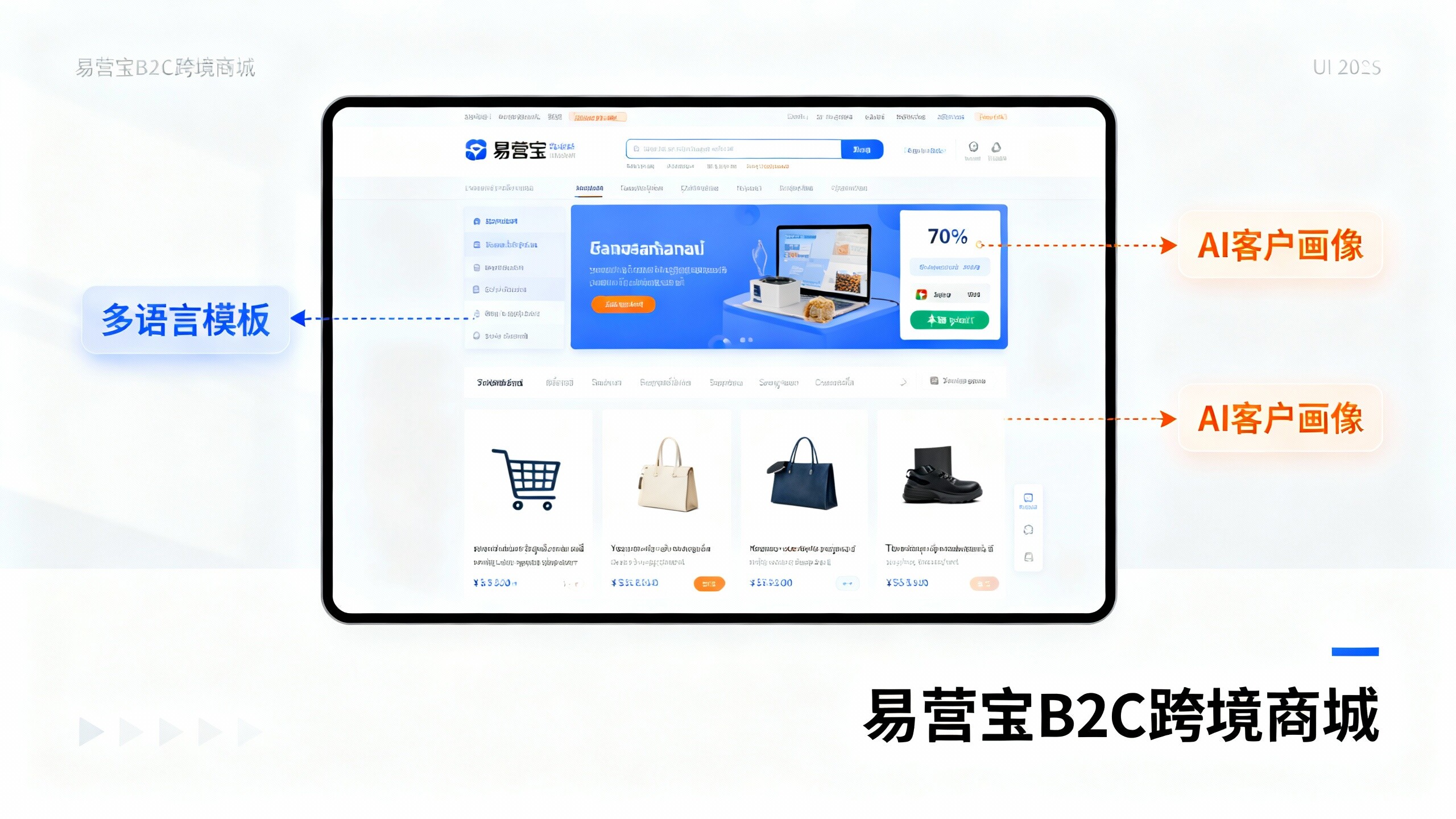- Enterprise SaaS Website Platform Comparison: Eyingbao vs Traditional Website Solutions2025-12-12View details
- 2024 Smart Website Industry Analysis: Enterprise Service SaaS Report Interpretation2025-12-12View details
- Eyingbao SaaS CMS Platform vs. Competitors: Which is More Suitable for Foreign Trade Enterprises to Build Websites?2025-12-12View details
- Website platform user research: What are the top 3 core needs that businesses are most concerned about?2025-12-12View details
- How to Choose a Schema-Ready Website Builder in 2024? 5 Key Factors Analyzed2025-12-12View details
- Cross-border SaaS Website Builder Selection: 5 Key Technical Parameters Project Managers Must Consider2025-12-12View details
- International Digital Marketing Trends: How Can a Multilingual Website System Boost Conversion Rates?2025-12-12View details
- How to Build a Foreign Trade Independent Website? 3 Steps to Create a Smart Site Supporting 10+ Languages2025-12-12View details
What are some practical strategies for optimizing a B2B independent website, and how can beginners get started quickly?
Introduction
Provide practical strategies for B2B standalone site optimization for beginners, combining AI+SEO dual-engine optimization systems with multilingual website landing techniques to help you get started quickly. This section defines and explains the core value of B2B standalone site optimization, helping researchers and users/operators grasp key directions in the shortest time. B2B standalone site optimization is not just simple content stacking but a collaborative project involving technology, structure, content, and localization. First, clarify the concept: B2B standalone site optimization includes site architecture optimization, keyword strategies, multilingual content TDK settings, page loading and indexing performance, as well as external link and trust signal establishment. For foreign trade enterprises, multilingual websites can directly increase target market traffic and business opportunity matching, while the AI+SEO dual-engine optimization system automates keyword expansion, TDK generation, and content suggestions, allowing operators to delegate repetitive tasks to the system and focus on business decisions. Common pain points for beginners include: not understanding how to set TDK for minor language sites, unclear handling of multilingual URL structures, and inability to evaluate weight and traffic distribution across multiple sites. Solving these pain points requires phased implementation: Phase 1 is diagnosis and baseline setup (site health check, server/CDN deployment, basic indexing strategy); Phase 2 is keyword and content system construction (including localized keyword libraries for minor languages and AI-assisted content generation); Phase 3 is conversion and external link strategies (forms, product catalogs, industry whitepapers, customer case links). In execution, using AI-powered standalone site solutions can significantly improve efficiency, especially in multilingual content generation and TDK settings, enabling rapid batch deployment and reducing manual error rates. The implementation process should continuously monitor KPIs such as organic traffic, target region rankings, page load times, and form submission rates, combined with A/B testing for ongoing optimization.
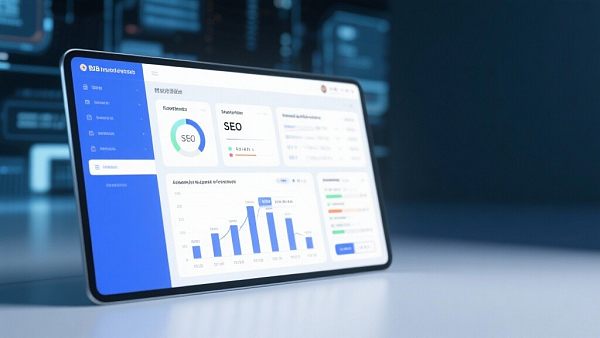
Definition and Application Scenarios
At the practical level, B2B standalone site optimization applies to various industry scenarios: manufacturing, industrial equipment, SaaS enterprises, supply chain services, etc. By definition, standalone site optimization emphasizes long-term organic traffic and brand trust building, unlike short-term ad campaigns. Application examples include: when expanding into European and Latin American markets, building multilingual sites combined with overseas promotion strategies can quickly open local search entry points; for enterprises targeting minor language markets, precise TDK settings and targeted landing pages are crucial; in product showcase industries like laser engraving, structured product catalogs, downloadable technical specifications, and case videos help improve procurement conversion rates. Technically, using distributed CDN and page caching can improve site load speed by 40%, directly impacting SEO scores and user retention. Below is a comparison table of common technical solutions to help users quickly decide on procurement and implementation directions:
Comparative Analysis and Procurement Guide
When selecting multilingual service providers and tech stacks, focus on these key indicators: SEO automation capabilities (e.g., AI keyword expansion, TDK auto-generation), server and CDN deployment (global node support), localization and minor language translation quality, social media and ad campaign integration. For example, Shenzhen multilingual website developers and Chengdu design firms have different technical strengths: Shenzhen teams excel in manufacturing integration, emphasizing engineering implementation and system integration; Chengdu teams often have advantages in localized content creation and UX design. Hangzhou and Wuhan providers also differ in service networks and regional agency coverage—procurement should consider service responsiveness and industry cases. Practical procurement advice: 1) require vendors to demonstrate complete AI-powered standalone site solutions; 2) evaluate minor language site TDK settings and historical ranking cases; 3) verify CDN/SSL security and DDoS protection; 4) clarify content operations and CMS permission models. Cost and alternative solutions should assess long-term operational costs: self-built setups have higher initial costs but more control, while SaaS platforms offer quick deployment and maintenance benefits. If your goal is rapid overseas long-tail traffic capture, SaaS-based multilingual solutions typically yield faster returns. Technical performance checklist includes: TTFB <200ms, mobile LCP <2.5s, robots and sitemap compliance, hreflang strategy coverage.

Customer Cases, Misconceptions, and FAQ (Call to Action)
Real cases help beginners see the path: a laser engraving manufacturer optimized product page structures and introduced AI-generated multilingual descriptions with localized TDK, achieving 80% organic traffic growth in 12 months and 1.8x inquiry conversion rates in key markets. For similar projects, review our industry solutions and demo pages, and assess if specialized product landing support is needed—e.g., for laser engraving industry requirements, refer to Laser Engraving Industry Solutions for customized content and catalog displays. Common misconceptions include: treating translation as localization (translation is just the starting point—local keywords must be supplemented); using identical content for all languages (different markets have varying search habits); over-relying on external links while neglecting site quality and structure. Below are brief FAQ answers for operators: Q: How to handle TDK for minor languages? A: Base on local keyword libraries, combine AI suggestions with native speaker review, prioritize long-tail conversion terms. Q: How to measure AI-generated content quality? A: Combine manual sampling, readability metrics, and actual conversion data, regularly optimizing templates. Q: How to allocate budgets across multiple sites? A: Prioritize high-potential markets, use data-driven regional testing for gradual expansion. Future trends: AI+SEO systems will further integrate search intent understanding and multimodal content generation, while social automation and ad intelligence will become key traffic loop components. We recommend beginners start with minimal viable sites, gradually expanding languages and markets, using data and A/B testing to validate strategies. Why choose us? EasyCamp InfoTech offers AI-driven all-in-one smart marketing platforms with global CDN acceleration, NLP multilingual capabilities, and industry expertise, having helped over 100,000 enterprises achieve global growth. For technical integration, strategy diagnosis, or rapid solution validation, contact us for customized advice and implementation roadmaps.
- free-standing station
- Multi-language website
- Small website TDK settings
- Multilingual Website for Foreign Trade Marketing Tools
- B2B Standalone Site Optimization
- Independent site optimization
- Foreign trade independent website
- Web Design
- AI+SEO Dual-Engine Optimization System
- Website TDK
- SEO
- Multilingual Website Hangzhou Company
- Overseas Promotion Strategy Sharing
- Shenzhen Multilingual Website Development
- Chengdu Multilingual Website Design
- Multilingual Website Wuhan Supplier
- AI Foreign Trade Independent Station Solution
Related Articles
Related Products



